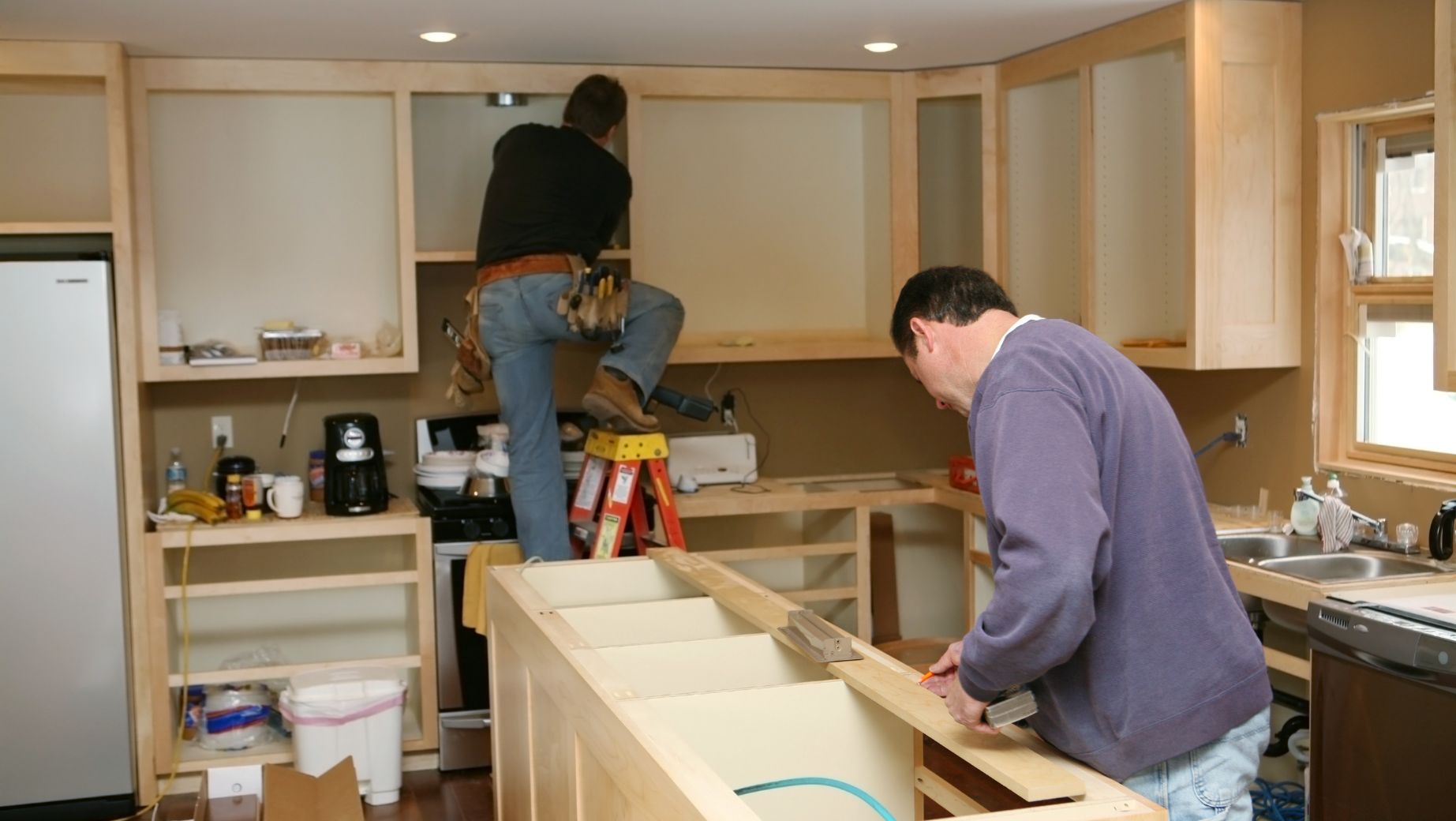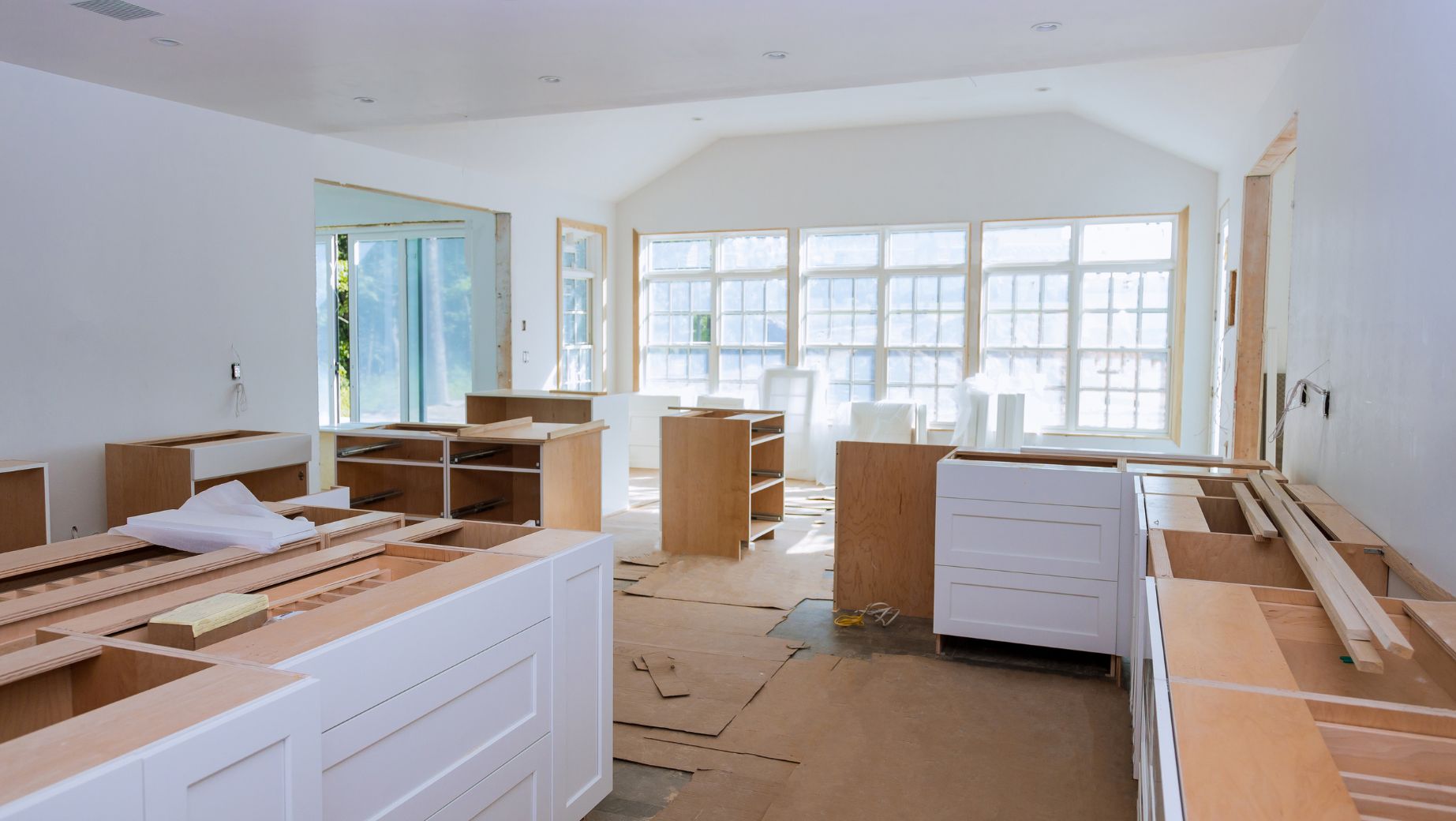
People attempt to cut the cost of hiring renovation services for various reasons. These justifications frequently consider personal preferences, project priorities, and budgetary constraints. A restricted budget is one of the main reasons why people try to lower remodeling expenses. Due to possible financial limitations, homeowners may need to be cost-conscious to finish the project within their means.
The aim to optimize ROI serves as a driving force for some homeowners. While they may like to renovate their house to raise its value, they carefully spend what is required to get a fair return when selling it.
Reducing the cost of remodeling services Dallas takes thoughtful preparation, astute judgment, and clear communication. The following advice will help you cut costs on your renovation project:
-
Set A Realistic Budget
Clearly define your budget before starting the project. Identify the essential aspects of your project and prioritize them based on importance. That helps you allocate the budget to the most critical elements first. Research and include any necessary permit costs in your budget. Ignoring this step could result in fines and delays, adding unexpected expenses.
Regularly evaluate your budget throughout the project. Adjust your budget accordingly to maintain control over your finances if significant changes or unexpected costs occur.
-
Prioritize Needs Over Wants
Focus on essential improvements rather than luxury upgrades. Identify must-have elements and allocate your budget accordingly. Focus on improvements that optimize the functionality of your space. That might involve reconfiguring layouts or adding storage solutions to maximize the available space.
Trends can be expensive and may quickly become outdated. Consider classic, timeless designs for significant elements and save trendy choices for quickly replaceable items like decor and accessories.
Make a separate wish list for optional features that would enhance your project. As your budget allows, you can revisit this list for potential future improvements.
-
Purchase Materials At The Right Time
Many home improvement stores have loyalty or rewards programs. Joining these programs can earn you points, discounts, or exclusive deals on materials. Some materials, like appliances, follow predictable sales cycles. Research when new models are released, as retailers may discount older models to clear inventory.
Home and trade shows often feature vendors offering discounts on materials. Attend these events to explore options and take advantage of special offers. Be flexible with your material choices.
-
Clear Communication
Communicate your expectations with the contractor. Avoid changes to the project scope once work has begun, which can lead to additional charges. Clearly define the primary points of contact for both your side and the contractor’s side. Having designated contacts helps streamline communication and avoids confusion.
Schedule regular updates on the project’s progress. That can be weekly or bi-weekly meetings or status reports. Regular communication helps catch and address issues early.

Create an environment where contractors feel comfortable asking questions for clarification. That helps prevent errors due to misunderstandings. Foster an open and collaborative atmosphere. Be receptive to feedback from contractors and address any concerns they may have. That promotes a positive working relationship.
-
Do a Partial Remodel
Instead of a complete remodel, consider focusing on high-impact areas to make noticeable improvements while minimizing costs. Clearly define your goals for the partial remodel. Focus on spaces or features that impact your daily life and overall satisfaction with your home.
Allocate your budget strategically based on priority areas. That ensures that essential improvements are addressed first, even if you decide to delay other non-urgent projects. If certain elements can wait for a complete replacement, consider implementing temporary solutions to enhance their appearance or functionality.

Assess the impact of each partial remodel phase on the overall resale value of your home. Focus on improvements that benefit you and contribute positively to the property’s market value. When doing a partial remodel, plan for future phases.
-
Reuse Materials
Salvage and reuse materials when possible. Communicate with your contractors about your intention to reuse materials. They can help identify salvageable items and plan the demolition and construction process accordingly.
Consider repurposing existing furniture or fixtures to save on replacement costs as you salvage materials and document and label them for future use. Label and store them in an organized manner. That makes it easier to locate and reuse them during the remodeling process.
Ensure that salvaged materials are compatible with your project. Consider the materials’ condition, size, and style to ensure they fit seamlessly into your remodel.
Instead of replacing items with minor damage, consider DIY repairs. Fixing minor issues can extend the life of the material and save you money.





